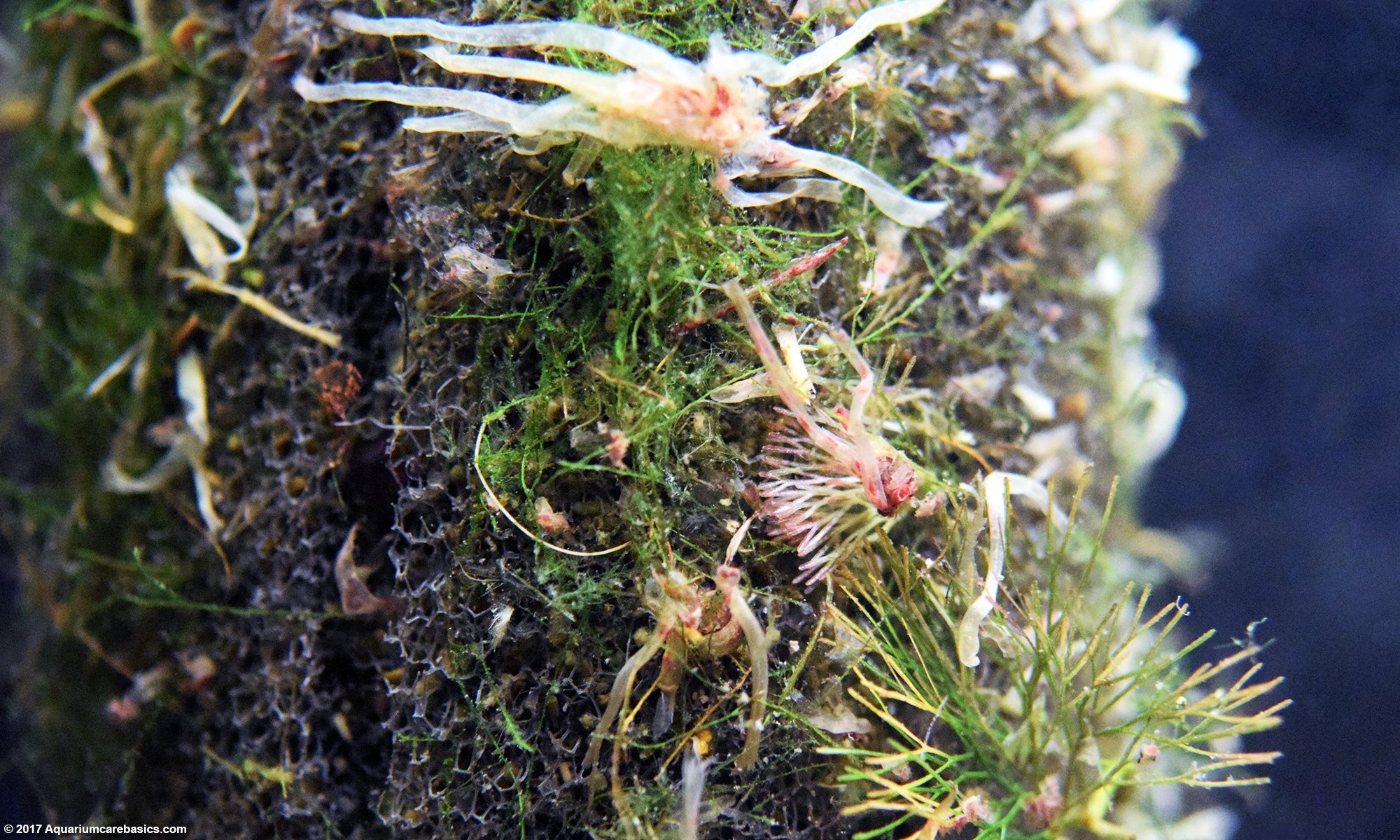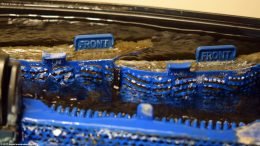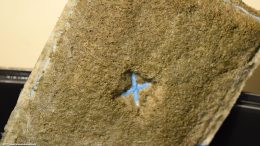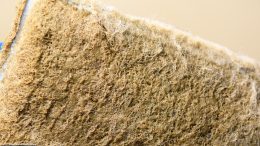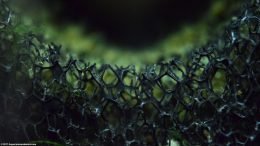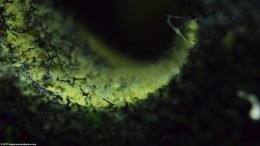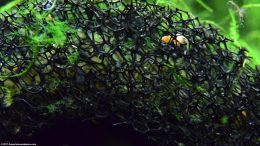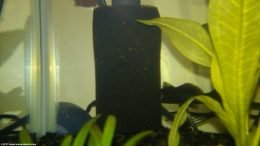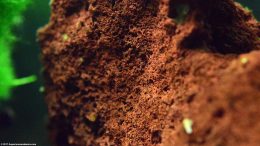Of all the aquarium supplies, aquarium filters are probably the most discussed. The topics include types of filters and what kind of filtration they provide.
Aquarium filters provide filtration in three broad ways: mechanical filtration, biological filtration and chemical filtration. Of these, many hobbyists suggest that mechanical filtration and biological filtration are the most necessary and chemical filtration is optional. Many aquarium filters are designed to provide all three types of filtration, while others are designed to be more robust in one area as opposed to another. There are many different brands, types and styles of aquarium filters and each has its advantages and disadvantages. So when choosing a filter, select one that meets the specific needs of the tank.
Images
Types Of Aquarium Filters
Some of the more common types of aquarium filters are: External Canister Filters, Plastic In-tank Filters, Hang on back (HOB) Power Filters, Sponge Filters, and Undergravel Filters. Each of these filter types have their pros and cons and most hobbyists have an opinion on each. For beginners and small starter tanks, the most common aquarium filters will be either a small (HOB) Power Filter, or a Plastic In-tank filter.
Filter Media In Aquarium Filters
Mechanical Filtration: It’s very important to have mechanical filtration occur first in the filtering process. Mechanical filtration occurs as tank water passes through filter media, trapping particles of detritus, debris, uneaten fish food, dead plant matter and other solids. After the particles are trapped, the filtered water continues through the process and goes back into the tank. Depending on filter brand and type, mechanical filter media can include: filter cartridges, fibrous pads, sponges, foam, filter floss, or micro-fiber water polishing cloth.
Filter media texture can range from very course to very fine. Use course filter media to trap larger particles and fine filter media to trap smaller matter. Make sure that the course filter media is placed upstream of the fine filter media. This way, larger particles of waste are trapped first. If large particles are allowed to pass through, the fine filter media will clog pretty quickly and will need to be cleaned often. In some cases, fine filter media can get so clogged that it won’t work well even after attempts to clean it.
To help with mechanical filtration, hobbyists often place a course sponge pre-filter over the water intakes on canister filters and external power filters to prevent larger pieces of waste, like plant leaves, from making their way into the filter in the first place.
Biological Filtration: As an aquarium cycles, colonies of nitrifying bacteria grow on hard surfaces in a tank. Aquarium glass, aquarium decorations and lava rocks make good spots. Biological filtration occurs as tank water passes over these colonies of nitrifying bacteria and turn Ammonia into Nitrite, and then Nitrite into Nitrate. Nitrates are removed with regular partial water changes.
Colonies of nitrifying bacteria can also grow on hard surfaces inside an aquarium filter, like on the plastic filter box interior and its internal parts. Porous ceramic filter rings and porous stones can be added to aquarium filters to provide additional surface area for colonies of nitrifying bacteria to grow. Finally, sponge filters can also provide additional surface area for biological filtration.
In aquarium filters, it’s important for mechanical filtration to occur prior to the water passing over the porous ceramic filter rings or porous stones to reduce the risk of the pores becoming clogged. Also, special care must be taken to not destroy or overly disrupt the colonies of nitrifying bacteria when cleaning a tank or filter.
Chemical Filtration: Some hobbyists add chemical filtration media to aquarium filters. As with biological filtration media, chemical filtration media should be placed downstream of mechanical filtration so that tank water has had physical particles removed first. Three of the most common types of chemical filtration media include activated carbon, filtering resins, and material designed to absorb impurities. There are many different brands of chemical filtration media, so research thoroughly and read labels carefully before using.

